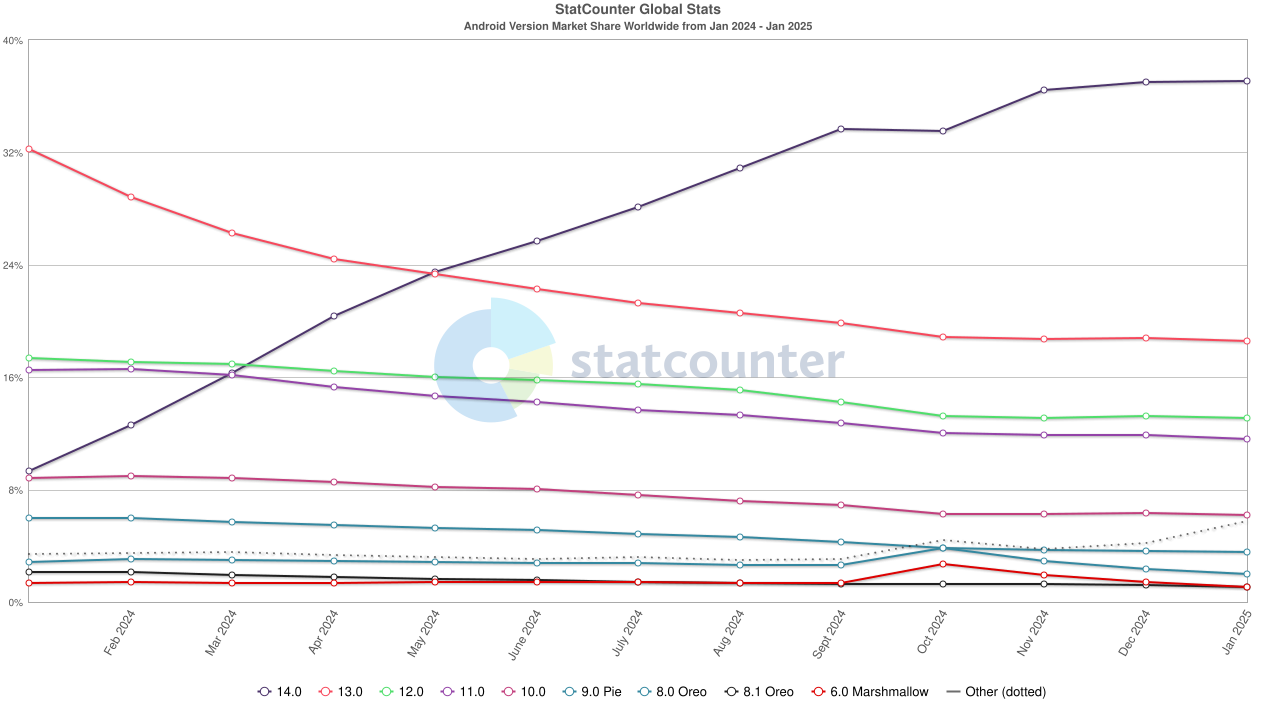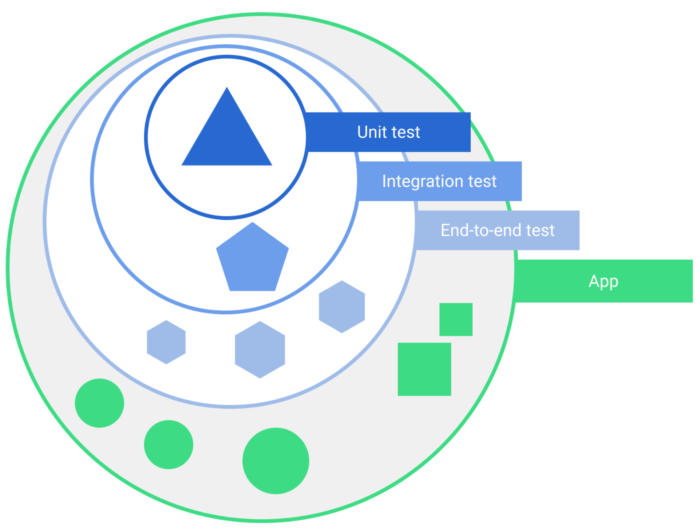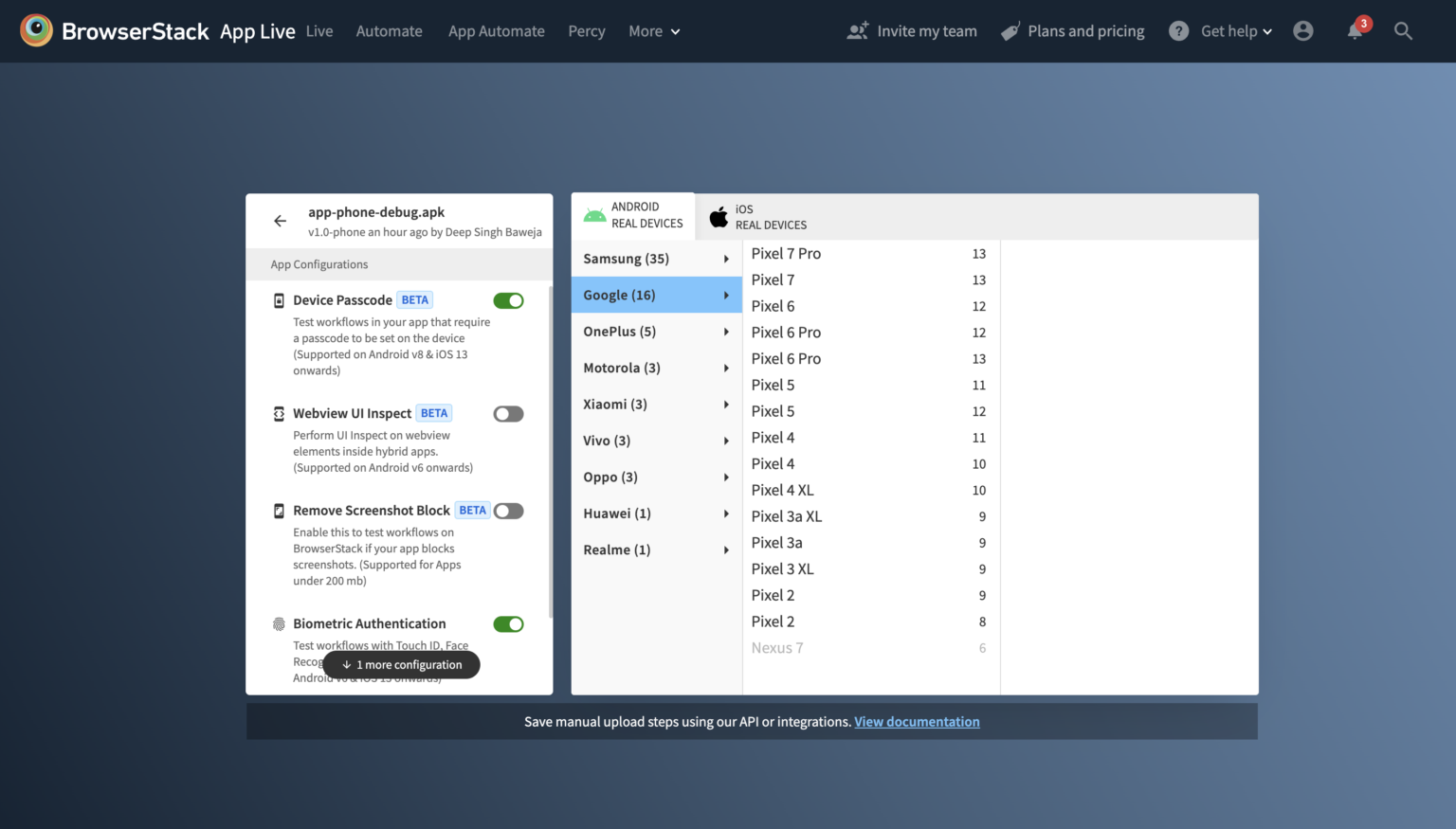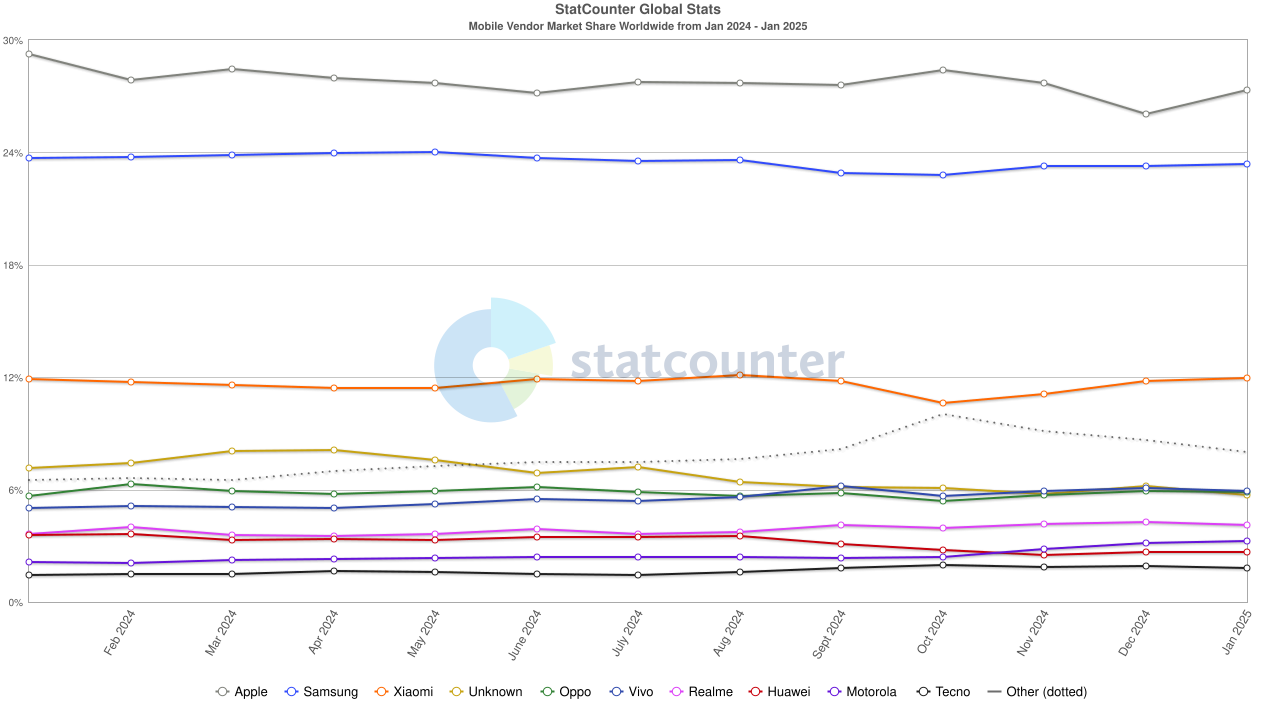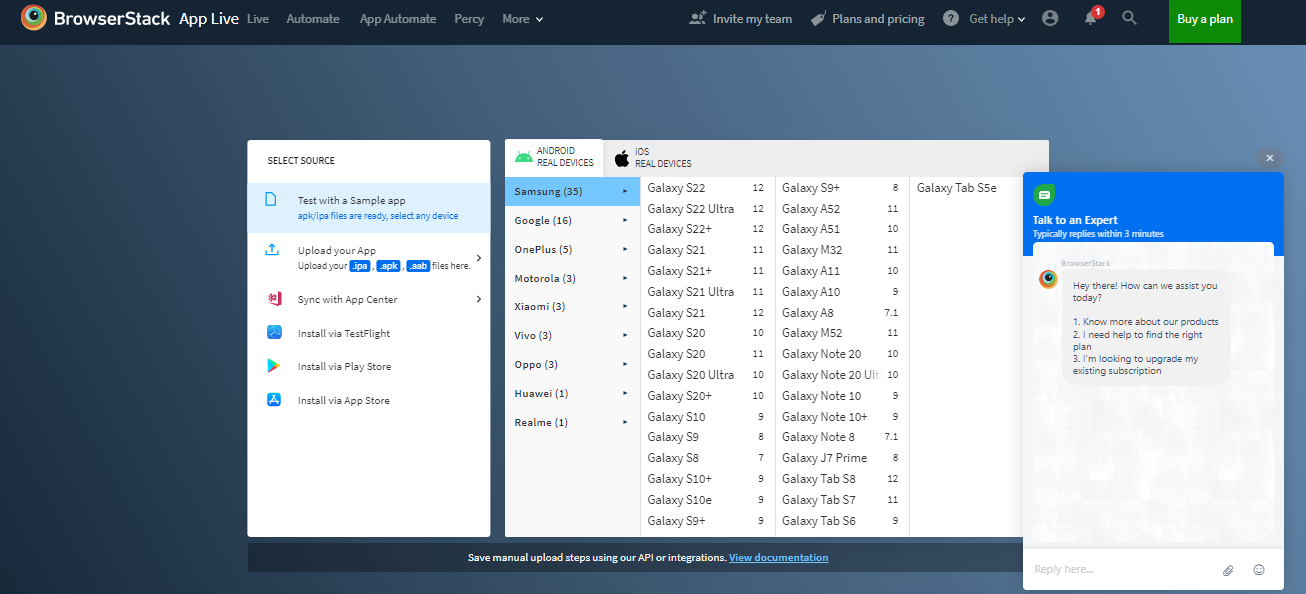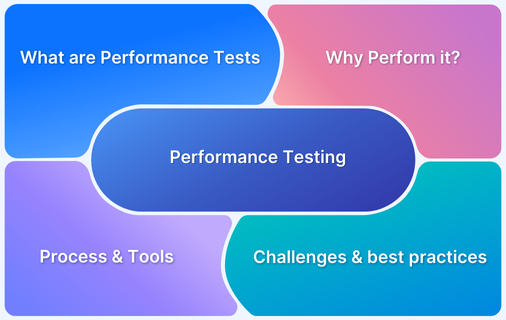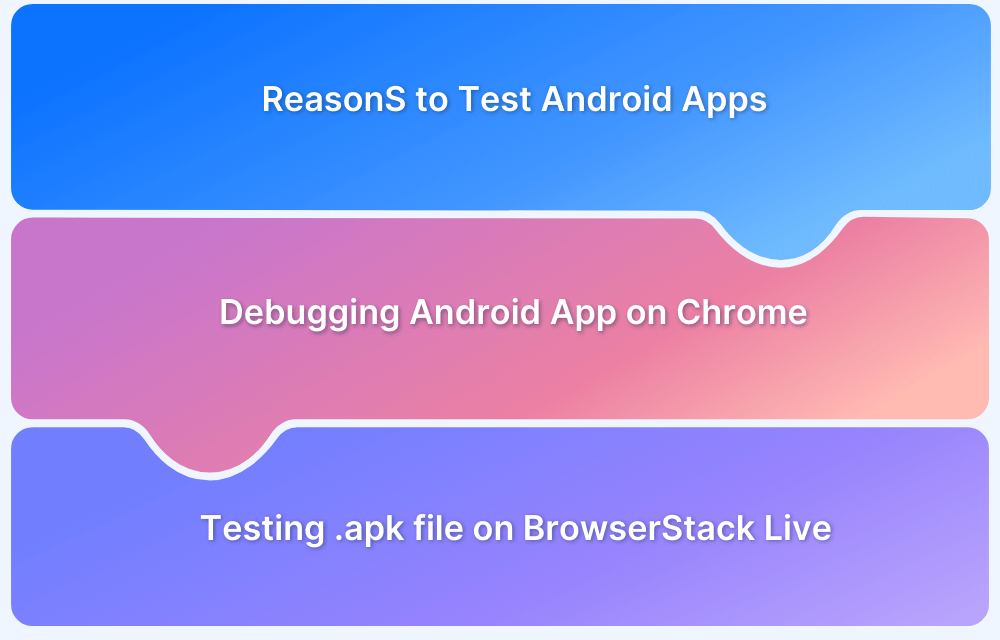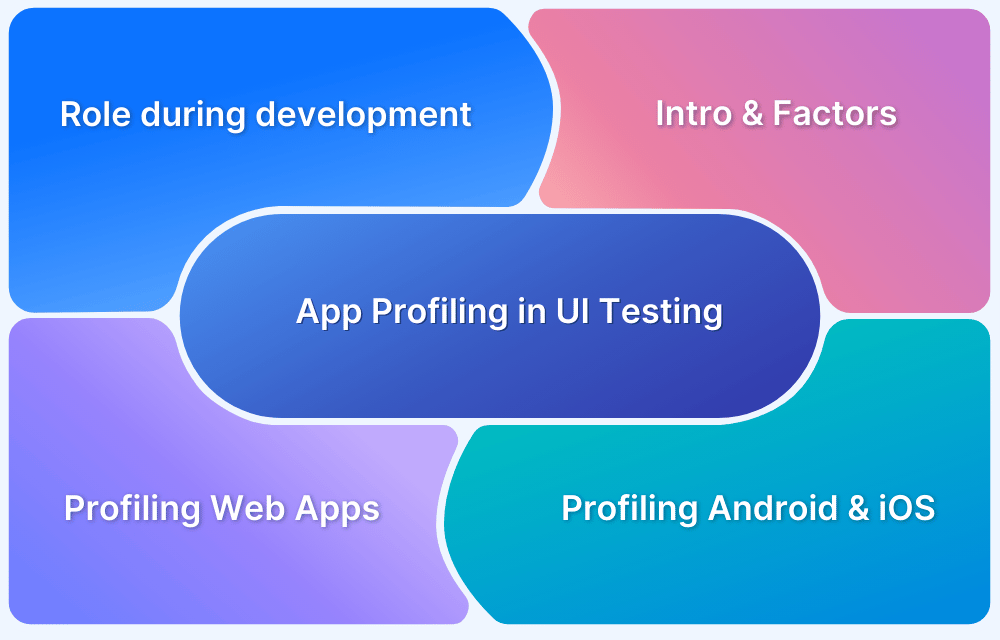Android is the most popular operating system worldwide, with over 3 billion active users covering over 190 nations.
Overview
What is Android Performance Testing
Android performance testing is basically testing an Android mobile app to discover bottlenecks and issues, in contrast to the team’s KPIs (key performance indicators) like speed, resource usage, responsiveness, and stability under various conditions.
Why Run Android Performance Tests
- Improve User Experience
- Check Battery Consumption
- App Stability
- Resource Usage Optimization
- Security
This guide explores Android performance tests in detail covering the importance, checklists, challenges, requirements, best practices and more.
Android vs iOS Global Market Share
Android dominates in market share worldwide, responsible for controlling the mobile OS market with a close to 72.04% share. In comparison, iOS accounted for around 27.49% of the market share in the fourth quarter of 2024.
Due to the higher demand for Android OS, more Android devices are introduced in the marketplace, and it becomes crucial to find bugs in Android apps and keep track of them through the test.
In such a competitive business, mobile app uninstalls and end-user frustration from poor performance can damage the status of the company or provider, eventually affecting their online presence. Hence, Android performance testing is highly recommended for top Android devices.
What is Mobile Performance Testing?
Mobile app performance testing is testing a mobile app to discover bottlenecks and issues in contrast to the team’s KPIs (key performance indicators). During Android app performance testing, the QA Engineer is interested in determining the responsiveness of the mobile app and the effect of the application on the mobile gadget. The best thing about Mobile performance testing is that it can be conducted on both the client and server sides.
What is Android Performance Testing
Android performance testing is a part of mobile performance testing, wherein Android apps are focused. During Android app performance testing, the QA Engineer is interested in determining the responsiveness of the mobile app and the effect of the application on the mobile gadget.
In short, Android performance testing is basically testing an Android mobile app to discover bottlenecks and issues, in contrast to the team’s KPIs (key performance indicators) like speed, resource usage, responsiveness, and stability under various conditions.
Major Challenges in Android Performance Testing
Key challenges faced while conducting android application performance testing comprise:
- Mobile phone usability.
- Simulating Connectivities like WiFi or 3G, 4G, Edge, etc.
- Organizing varied mobile platforms and their OSs (operating systems).
- Mobile device constraints such as battery & resource consumption.
- The assorted sizes of mobile gadgets to run similar applications.
Running your Android performance tests on real-device clouds like BrowserStack can help you overcome these challenges.
Importance of Android Performance Testing
Android mobile app performance testing is mainly performed to assess the performance of apps under real-time scenarios. By executing tests against your Android app consistently, you can verify your app’s functional behavior, correctness, and usability before you publicly launch it.
- Improve User Experience: The user experience has a direct dependence on the app performance. Lag, loading delay or crashes can affect user experience make them abandon the app. Performance testing validates the app’s smooth running, thus helping you deliver better experiences.
- Battery Consumption: Inefficient apps can drain battery life much faster. Performance testing helps you spot energy consumption problems and prevent the app from draining power unnecessarily.
- App Stability: Android apps should be stable under high traffic and heavy use. Performance testing detects potential crashes or memory leaks that could cause performance deterioration over time.
- Resource Usage Optimization: Testing checks how well the app utilizes system resources (CPU, RAM, network) and whether resource consumption is optimal. This minimizes the risk of slowdowns or crashes.
- Security: Sometimes, performance issues can indicate security vulnerabilities. For instance, an app slowdown could be due to inaccurate encryption. Performance testing can help verify the robustness of performance and security.
Types of Tests in Android
Mobile apps are complicated and should function well in several environments. As such, there are distinct forms of Mobile app tests:
Subject
For instance, there are varied kinds of testing depending on the subject:
- Performance testing: Checks if the app functions stably and efficiently under heavy usage.
- Compatibility testing: Checks if the apps work well on each device & API level.
- Functional testing: Check if the app does all the functions as intended.
- Accessibility testing: Checks if the app is accessible to all users including differently abled and complies with accessibility guidelines.
Scope
Tests also differ depending on size, degree of isolation, or distinct devices:
- End-to-end (E2E) testing: End-to-end (E2E) tests or extensive tests confirm and authenticate larger parts of the application simultaneously, such as user flow or a whole screen.
- Unit Testing: Unit or small tests validate a tiny portion of the application, such as a class or method.
- Medium tests: They are in between & scrutinize the incorporation between 2 or more units.
Source: developers.android
Read More: What is Android Unit Testing?
Requirements for Android Performance Testing
These days, most apps are integrated with third-party devices such as smart glasses and smartwatches or apps that are often developed with traits like augmented reality.
- Device tests must be performed to ensure data integration with the smart gadget and the Android app is well handled. The app and the intelligent gadget should communicate appropriately without any interruption.
- For apps that deal with augmented reality, applicable to several video and photo apps, response time must be examined. The QA must also check the usability and efficiency of the application.
- A robust mobile performance testing strategy finds a correct balance between the fidelity of a test, its reliability, and its speed.
- The similarity of the testing environment to a real-time device detects the test’s fidelity.
- Higher fidelity tests are executed on simulated devices or the physical
- device itself, while lower fidelity tests may execute on your local workstation’s JVM. High-fidelity tests are often sluggish and necessitate extra resources, so not every test must be a high-fidelity test.
Majority of the issues faced while using a mobile application are faced not during development but while testing the app on real devices. This is why Android testing in a real-time scenario must be considered an important step in the app development life cycle.
It can ensure that your Android app increases the PlayStore install rates and guarantees success concerning function, product adoption, and quality assurance.
By accessing BrowserStack Real Device Cloud, you can grab quick access to:
- An exhaustive range of top Android devices such as Galaxy, Nexus, Pixel, etc., running Android 12, Pie (9.0), Android 10, Android 11, Kitkat (4.4, 4.3), Nougat (7.1, 7.0), Oreo (8.0), Marshmallow (6.0), etc.
- Tools to debug Android apps immediately using browser console, device logs, crash logs, network logs, screenshots, and video recordings, for every test.
QA teams can scrutinize Android app efficacy and performance on real-time devices without collecting or managing device labs with the BrowserStack cloud infrastructure. You can even update the app settings as per your test necessities with the most recent features, like testing biometric authentication, camera, and device passcode.
Top Android Devices to Consider while Testing
- According To Statista, in the third quarter of 2024, Samsung held a global smartphone market share of 19 percent.
- However, as per Statcounter, Xiaomi, and Vivo got close to bridging the gap between them, with 11.81, 6.09 %, and 6.28% of the market share worldwide.
Source: StatCounter
Follow-Up Read: Top Android Devices For Mobile App Testing
Android App Performance Testing Checklist
Once your QA team has narrowed down on the top Android devices for performance testing and created a device matrix for testing, follow this checklist for best results.
1. Cross-Device Compatibility
As with mobile OSs, your Android gadget should render and perform faultlessly on 1000s of devices with varying resolutions, settings, screen sizes, and configurations for hardware and software. Again, your app’s behavior should be verified via mobile app testing on real-time mobile devices – tablets and phones.
Don’t fail to authenticate the app’s responsive design as you operate or upload it on multiple devices. The plus point of BrowserStack App Live is that you can upload your application once and then simply switch between diverse devices without re-installing the app under test.
2. Load Bearing Capability
Android applications should bear load and function even when bombarded by an unusual number of user requests. For instance, let’s say that a train booking app has to deal with millions of people trying to change their trains due to serious issues like a natural disaster that occurred recently. With 1000s or perhaps millions of users trying to operate the application simultaneously, does it crash it does? Or still function as expected?
- Android app load testing solves such queries, after which software developers discover optimization prospects to cope with the expected load and possibly even a little higher just to be safe.
- With each iteration, Android app load testing discovers and removes performance glitches/ bottlenecks under precise user volumes, leading to higher functionality and stability under stress.
3. Average Load Speed
Like websites, mobile applications should also load within seconds to retain user interest. Generally, an app only functions well if it loads within a few seconds or whatever OS or device is used to access it. As with the above two points, the better way to gauge current load speed is to verify how the specific app loads on various real-time devices.
- Remember your app will perhaps work under varied network connectivity.
- Your test infrastructure must let you execute network throttling to examine app performance at low-level network strengths like 2G and 3G.
4. Stress Testing
Stress testing generally goes in tandem with load testing. In this case, the mobile app will be inundated with simulated customer requests until it breaks. The point of such a test is to determine the app’s breakpoint so that it can be optimized to assimilate extra requests.
For instance, let us say an app such as an airline app needs an upgrade after some serious glitches or incidents. The dev team needs to ensure exactly at what number of user requests it ultimately stopped functioning, how the application function slowed down. At what no. the app performed so poorly that users begin to bounce back and lose interest. This is achieved through Stress Tests.
5. Interruption Handling
In real-time user scenarios, mobile applications have to cope with various interruptions – incoming messages, calls, & notifications from other apps, to name a few. To validate how the application functions when dealing with such interruptions, you should test them in those definite conditions.
Remember that every single interruption scenario while testing native applications should be scrutinized across devices, network conditions, and OSs. Ideally, the app must function flawlessly even when a call comes in while network conditions are unstable.
6. Spike Testing
Such tests are similar to load and stress testing, however, the scenario is distinct. Spike tests examine if the app can handle an unexpected increase in user requests for a specific duration. For instance, if you’re launching an e-commerce app, you can predict that there will be a sharp increase in online shoppers during Black Friday. Spike testing aid you in monitoring how the application would deal with that rise.
You may have a question in your mind “Why execute spike testing while I’ve already run stress and load tests?”
- That’s because optimizing an Android app for constantly handling higher loads is more effort-intensive and expensive than doing it for a short while.
- If your app won’t get consistently high user traffic, buying a couple of servers for a week rather than for years makes logic.
7. Reliability Testing
Reliability testing examines whether an app fulfills its premeditated purpose in varied environments. It covers most of the necessities, but it also requires a few additional tests. Common reliability tests encompass
- Functional Testing
- Security Testing
- Regulatory Testing
- Regression Testing
Basically, reliability testing checks how dependable the specific mobile app is in different real-user conditions. It checks whether its security mechanisms are fool-proof and fail-safe when deployed in a location prone to more hacking attempts. When used in a country with tighter data privacy regulations, does the precise app protect visitor data as required by local legislation? Your answers lie with reliability tests.
Best Practices for Android Performance Testing
Here are some best practices to follow while facilitating Android performance testing:
1. Test on Multiple Devices: Ensure your app is stable and compatible across various Android versions, screen sizes, and hardware during different real-world scenarios. You can use tools like BrowserStack to run performance tests across 3500+ devices.
2. Monitor Resource Usage: Ensure that CPU, memory, and battery consumption is tracked to optimize efficiency.
3. Test under real-world conditions: Simulate real-user conditions to test under changing network speeds and conditions.
4. Stress Testing: Assess app performance under heavy traffic and load.
5. Profile the App: Make use of profiling tools to detect bottlenecks and performance issues.
6. Test Stability: Ensure that there are no memory leaks, potential crashes, and unresponsiveness.
7. Automate tests: Use automated testing tools like BrowserStack to run repeated tasks automatically and improve efficiency.
Conclusion
Android is here to stay and more and more gadgets will be built into this popular ecosystem. So it is an iterative procedure to keep apps up-to-date and bug-free with newer and fresh models getting added to the market.
- Android app performance testing is the most convincing way to ensure a consistent and satisfying user experience across various devices, platforms, and networks.
- This type of testing helps improve efficiency, discover and fix bugs, guarantee consistency, and certify compliance with mobile specifications.
By incorporating pristine cloud-based mobile app testing platforms like Browserstack, companies can test on Android apps and detect bugs in the app software at an early phase in the development process. This aids in cutting down the extra expense of testing, yet additionally works with faster reach to the market.

